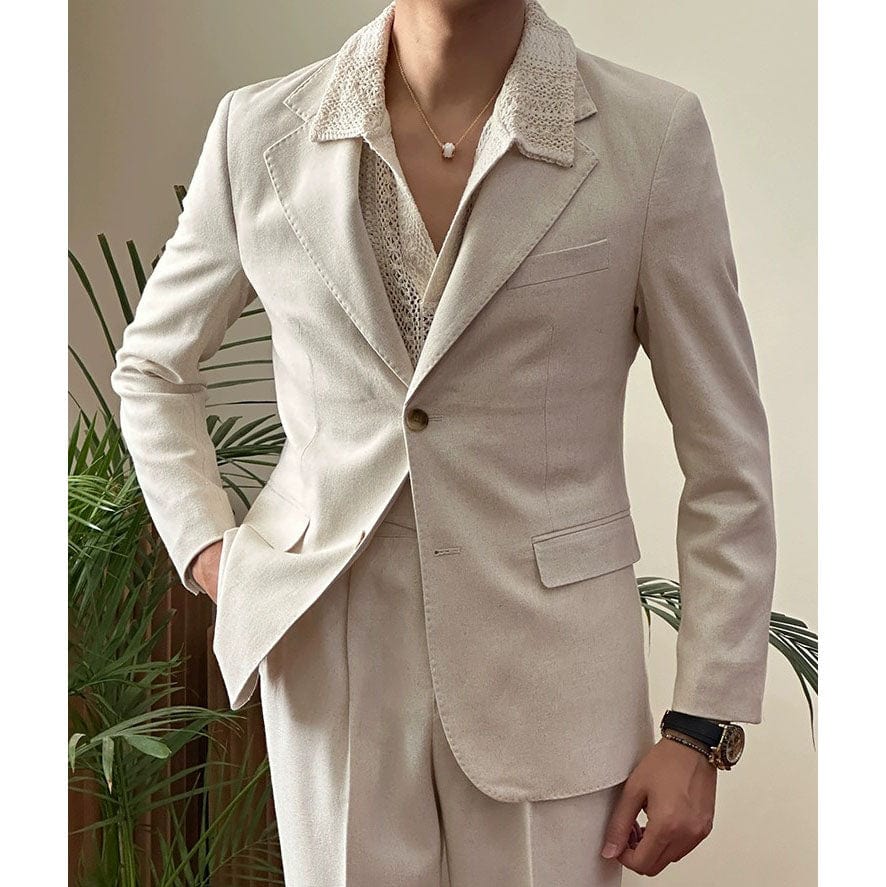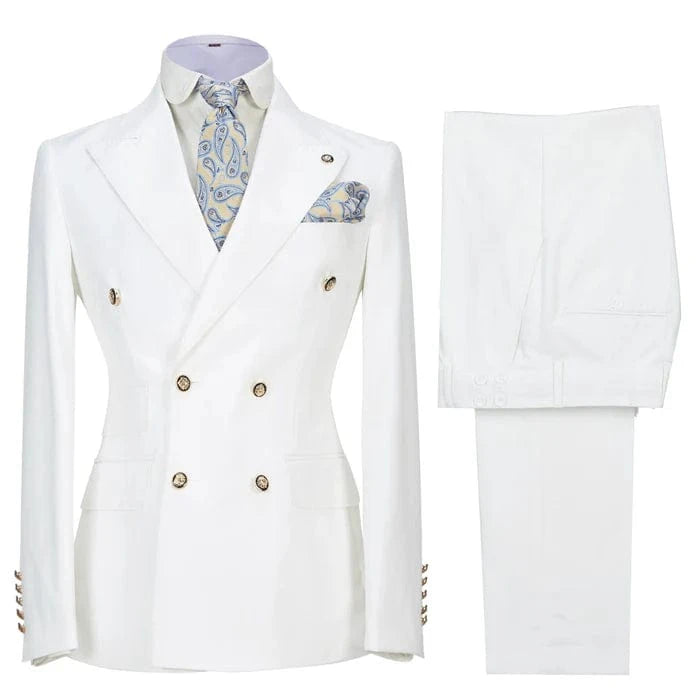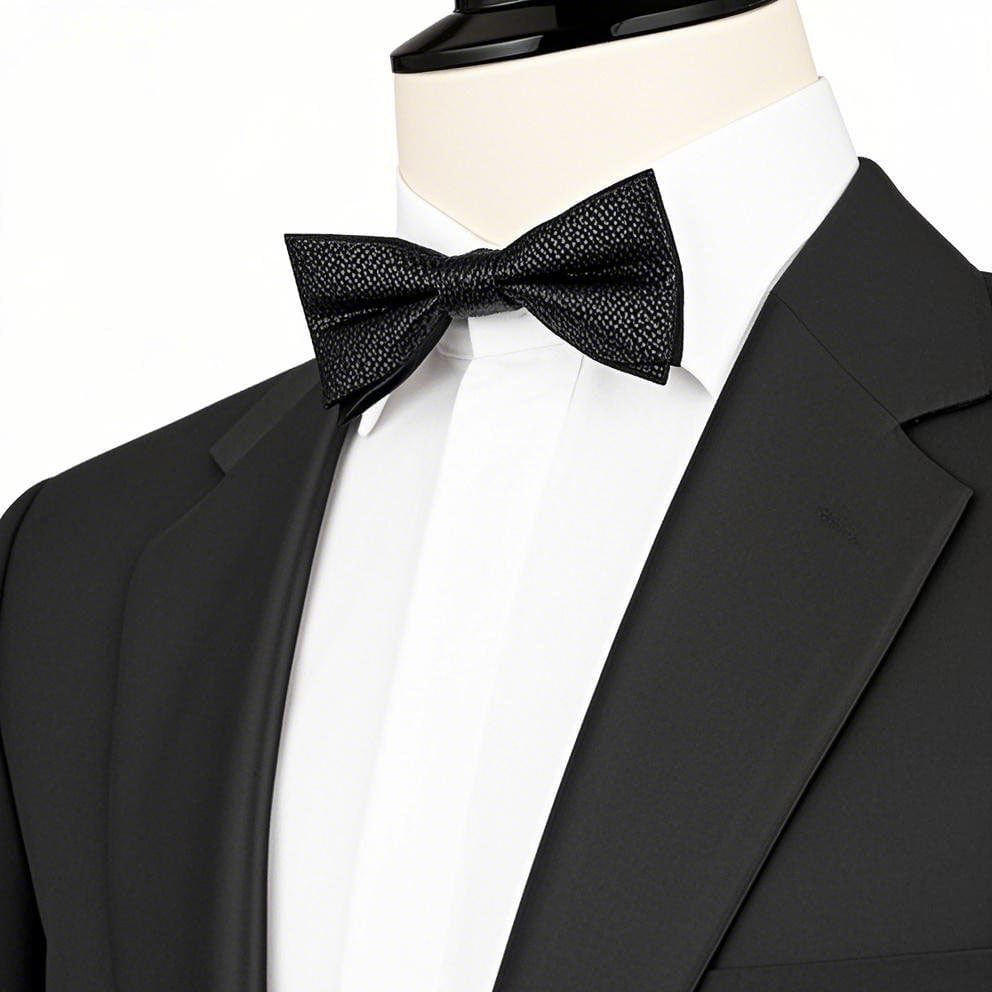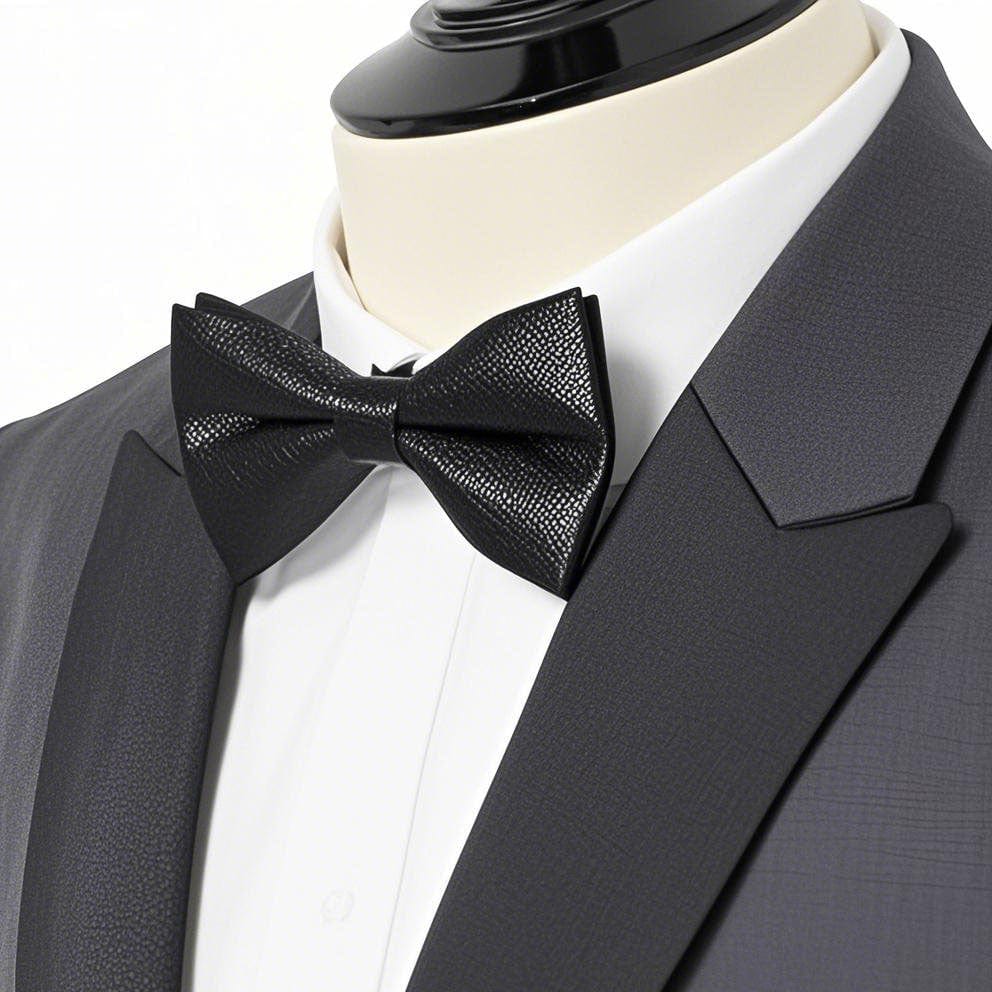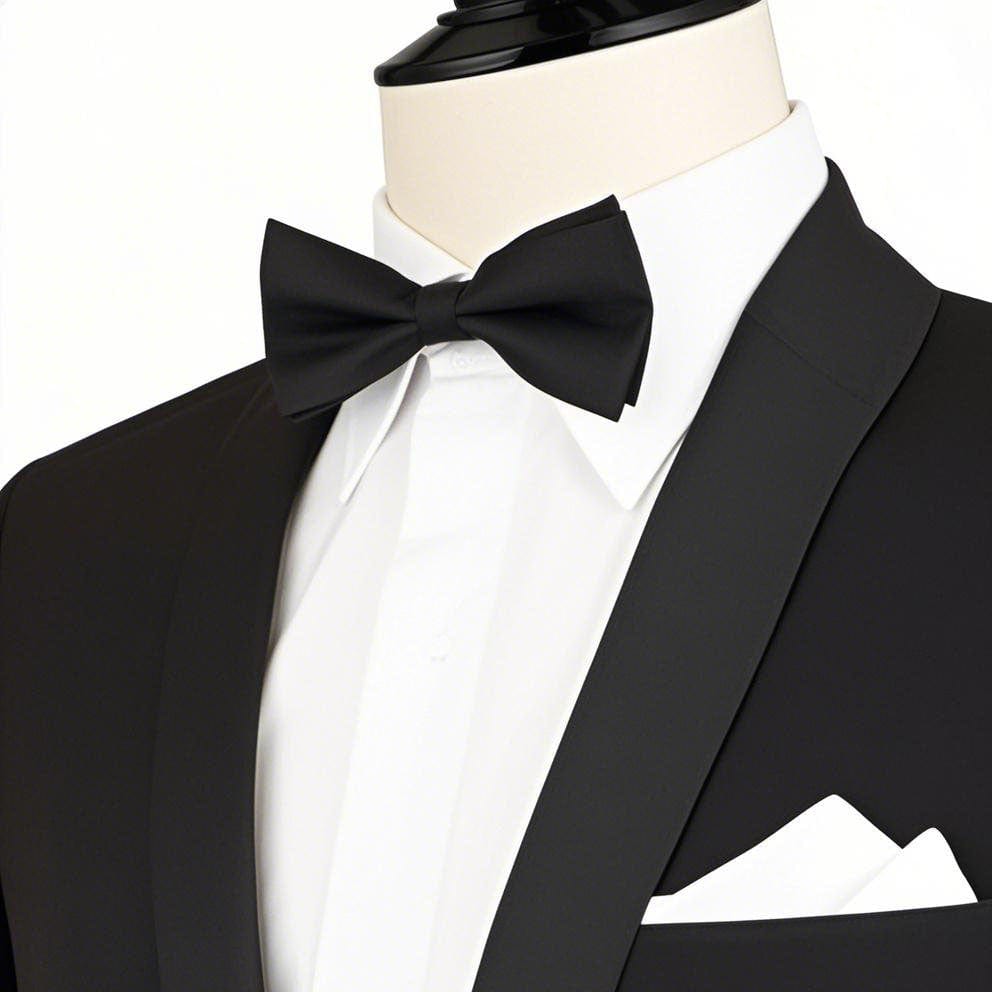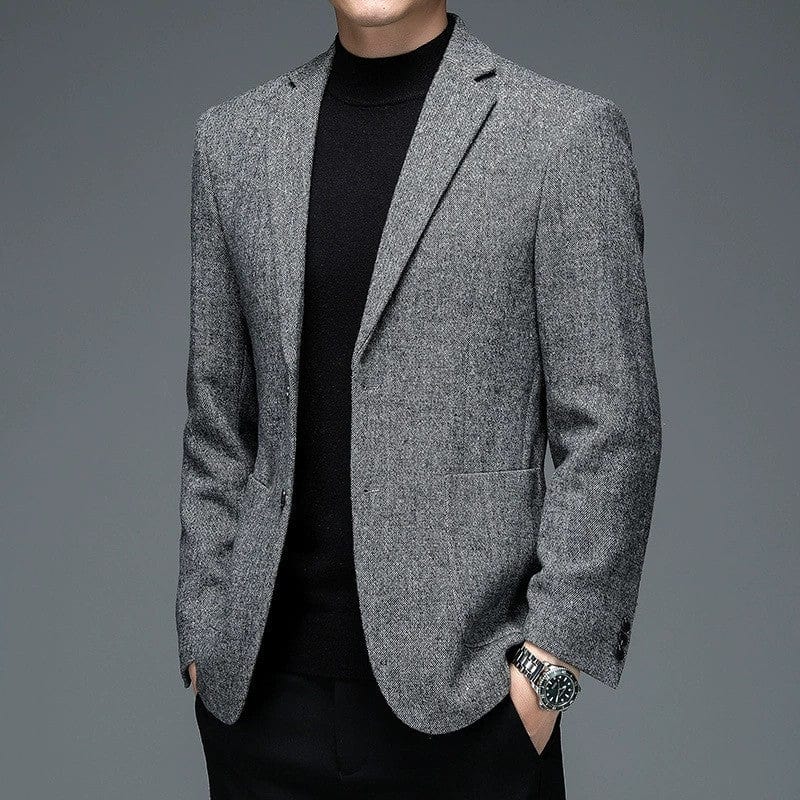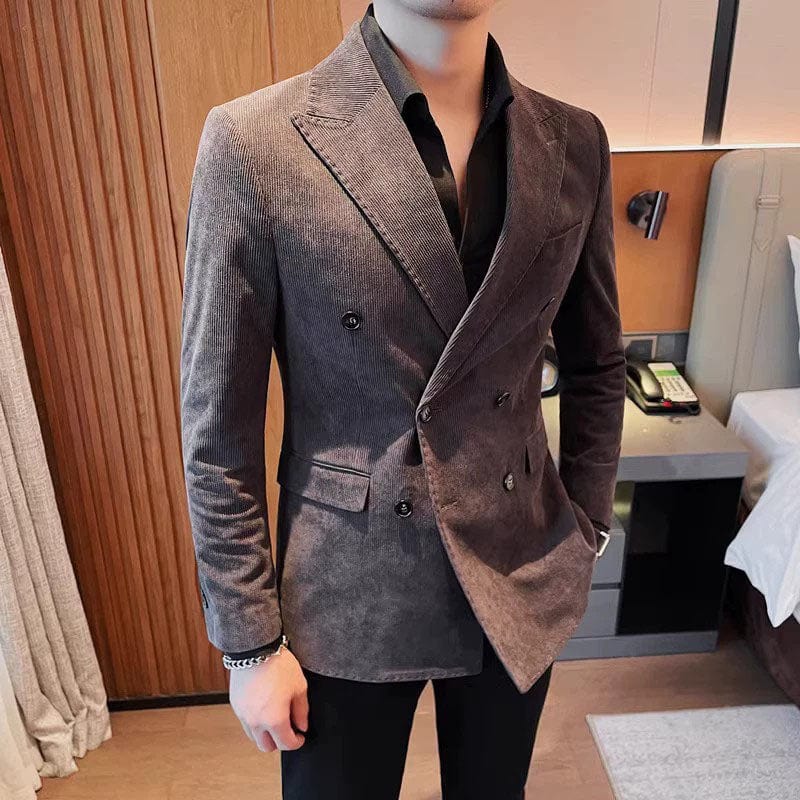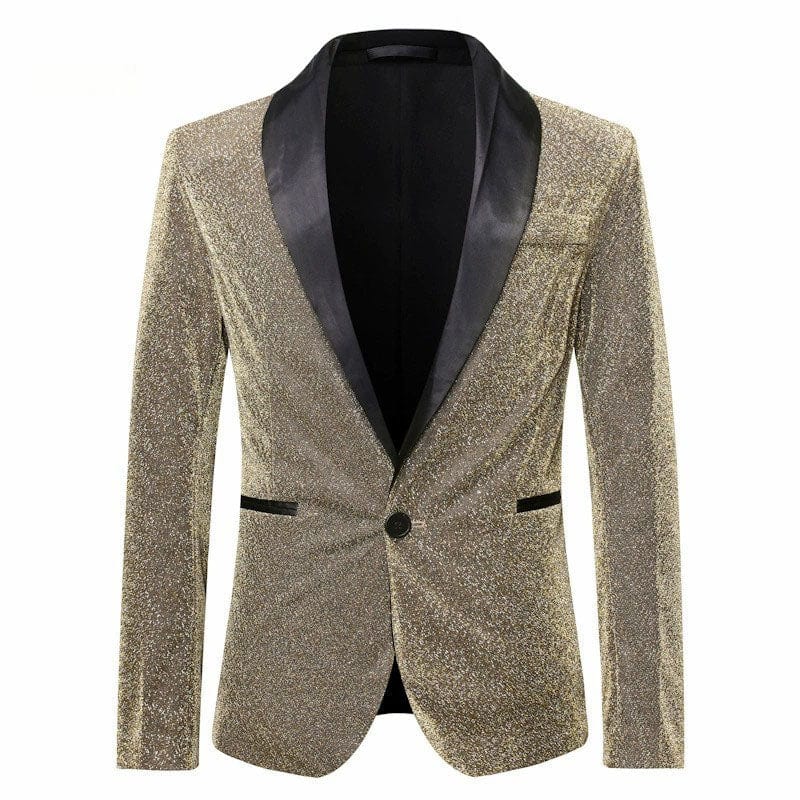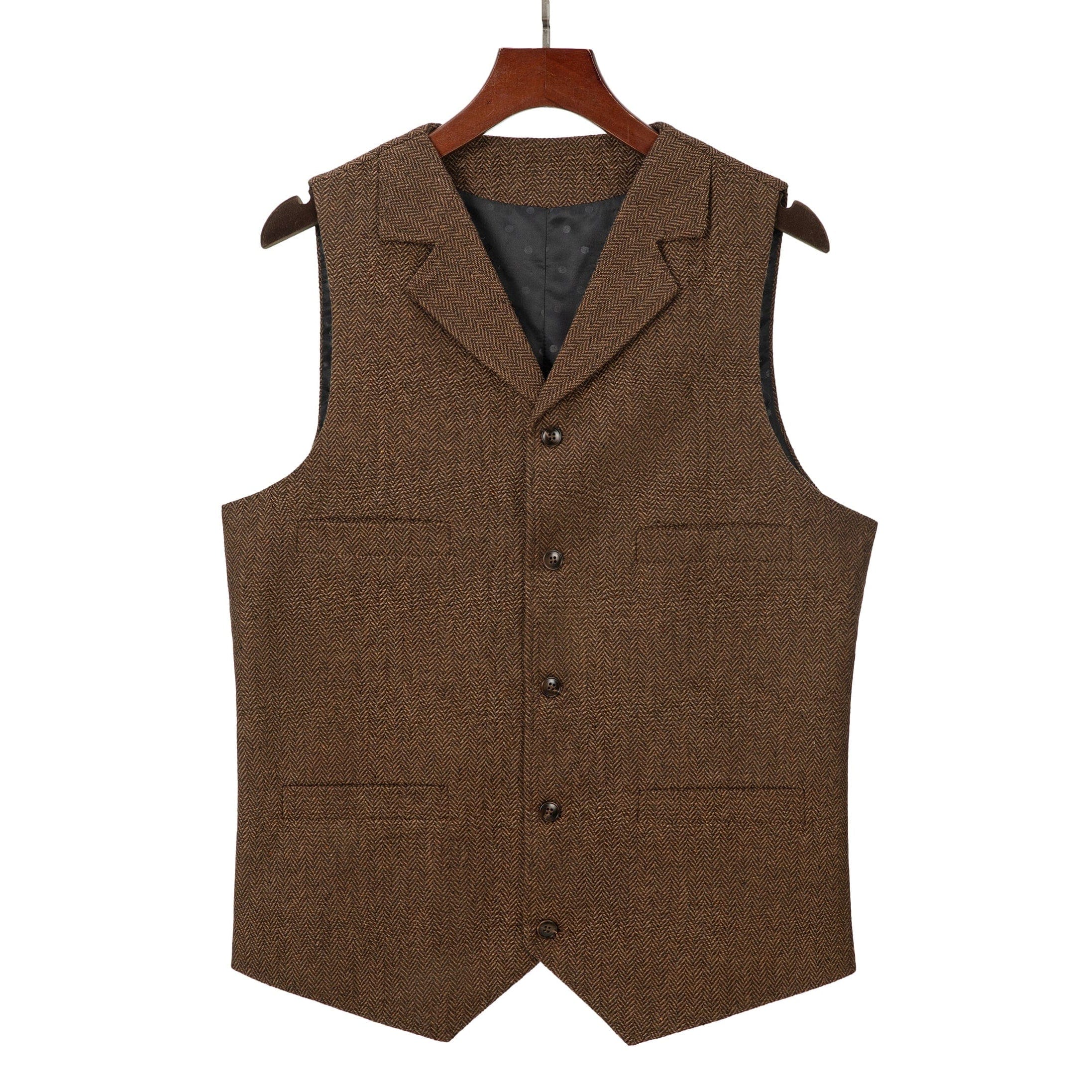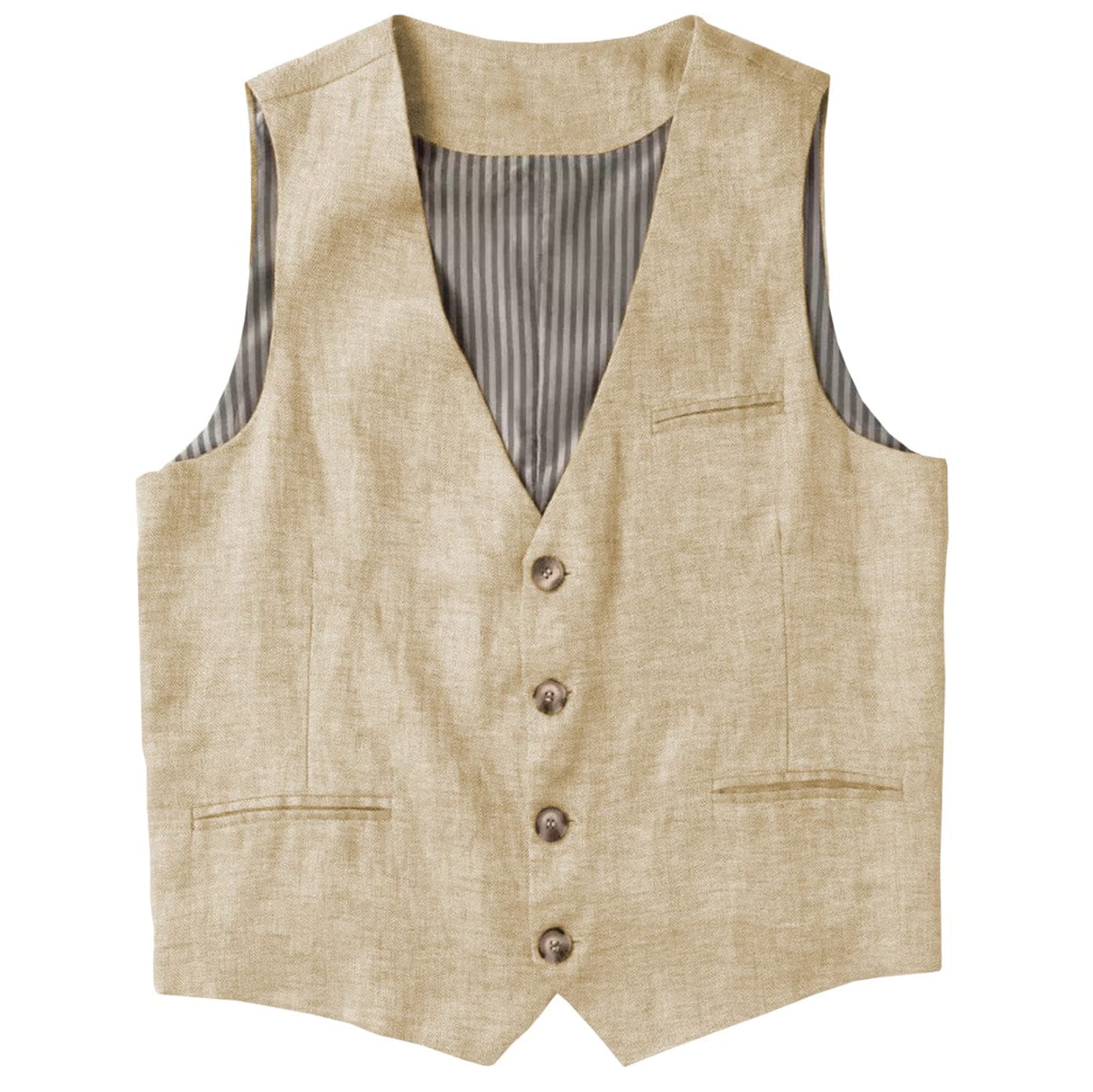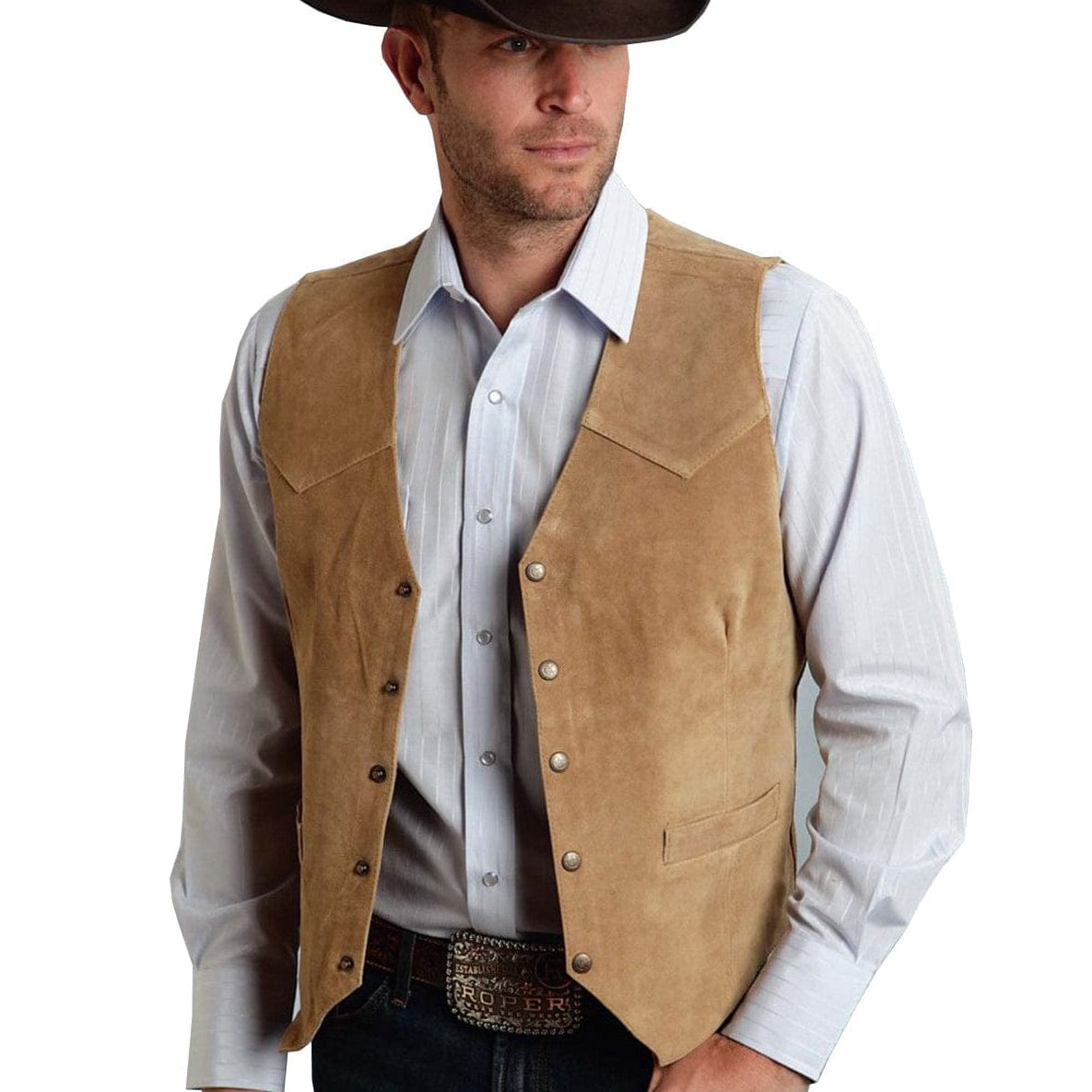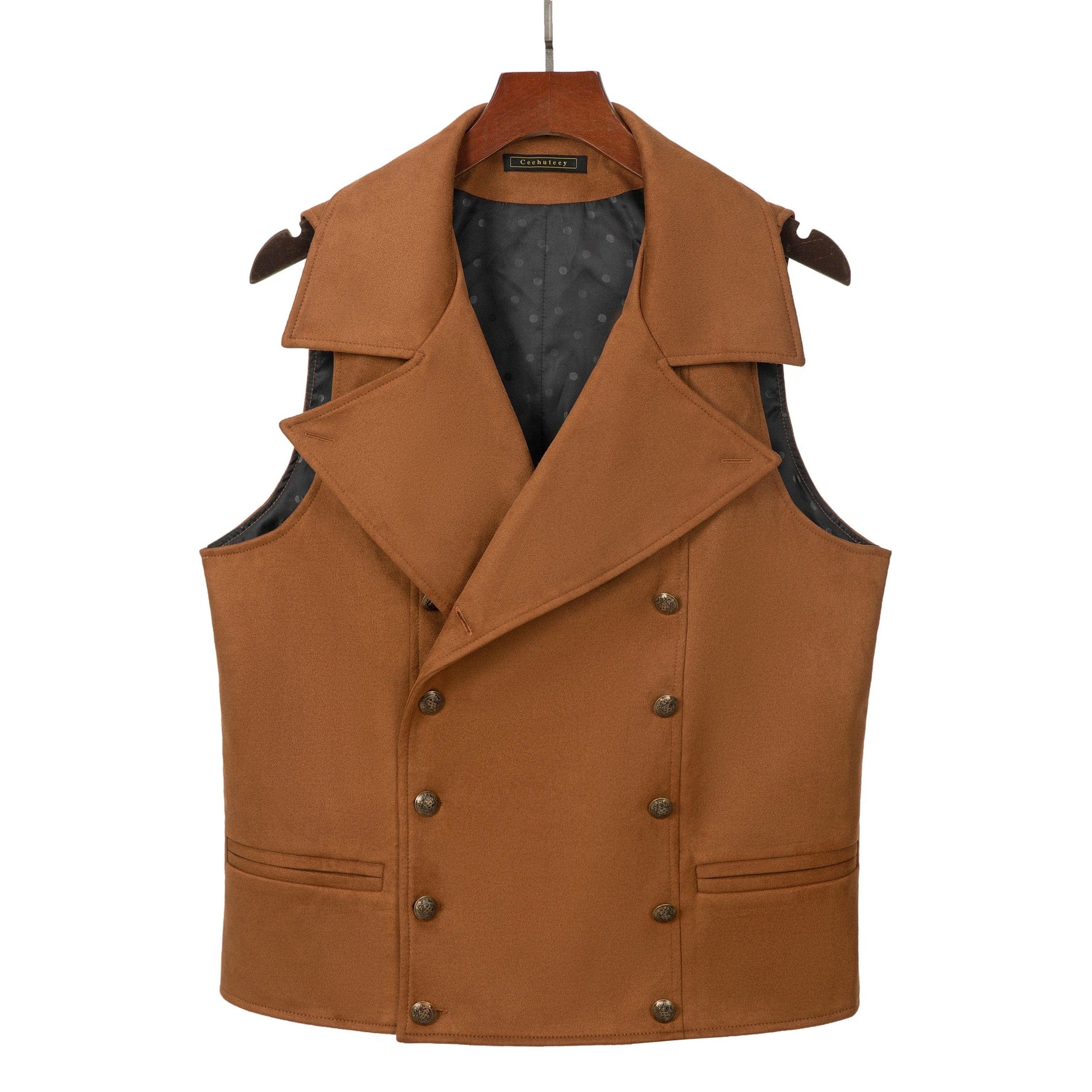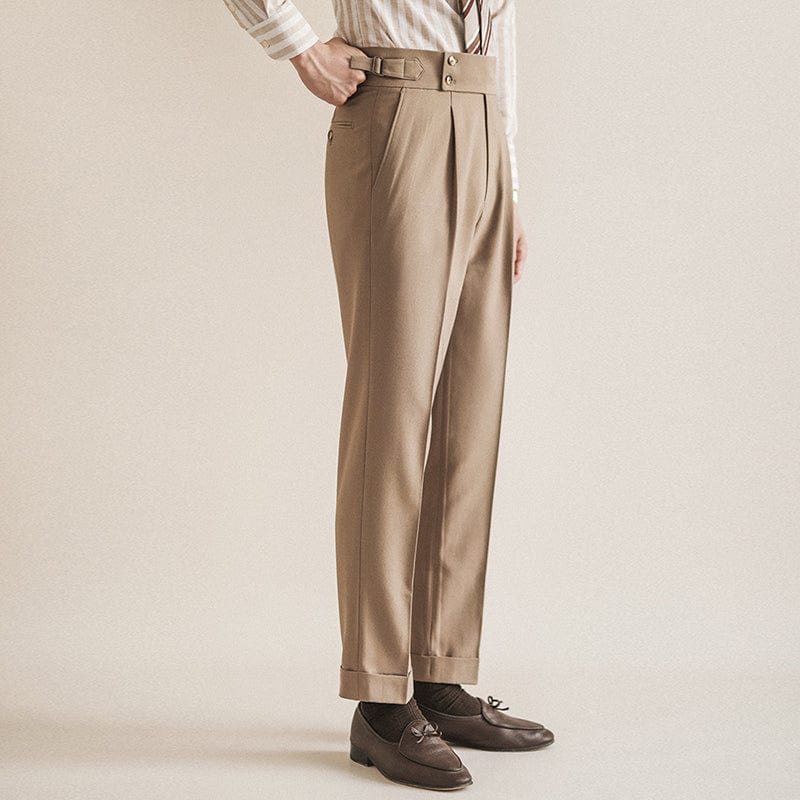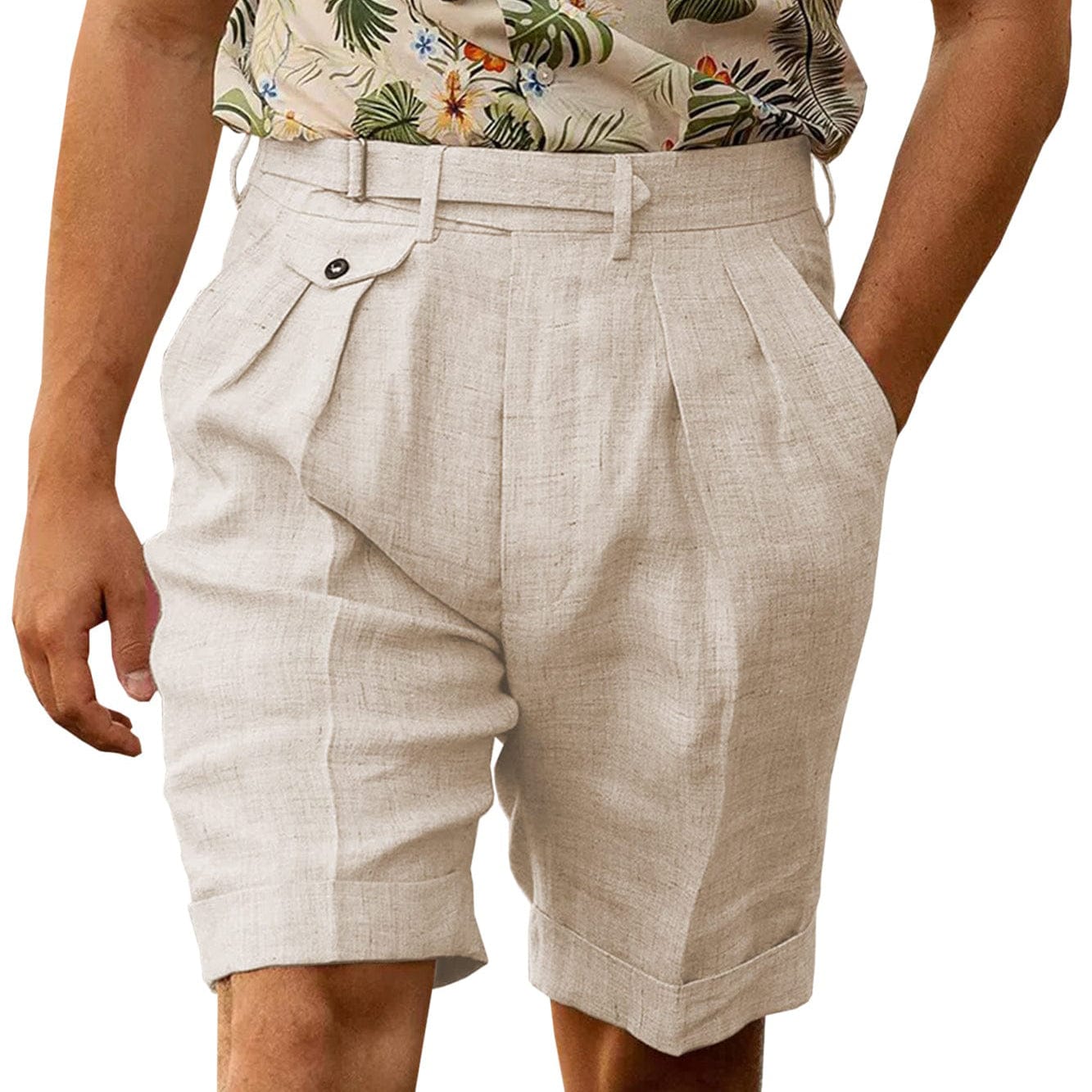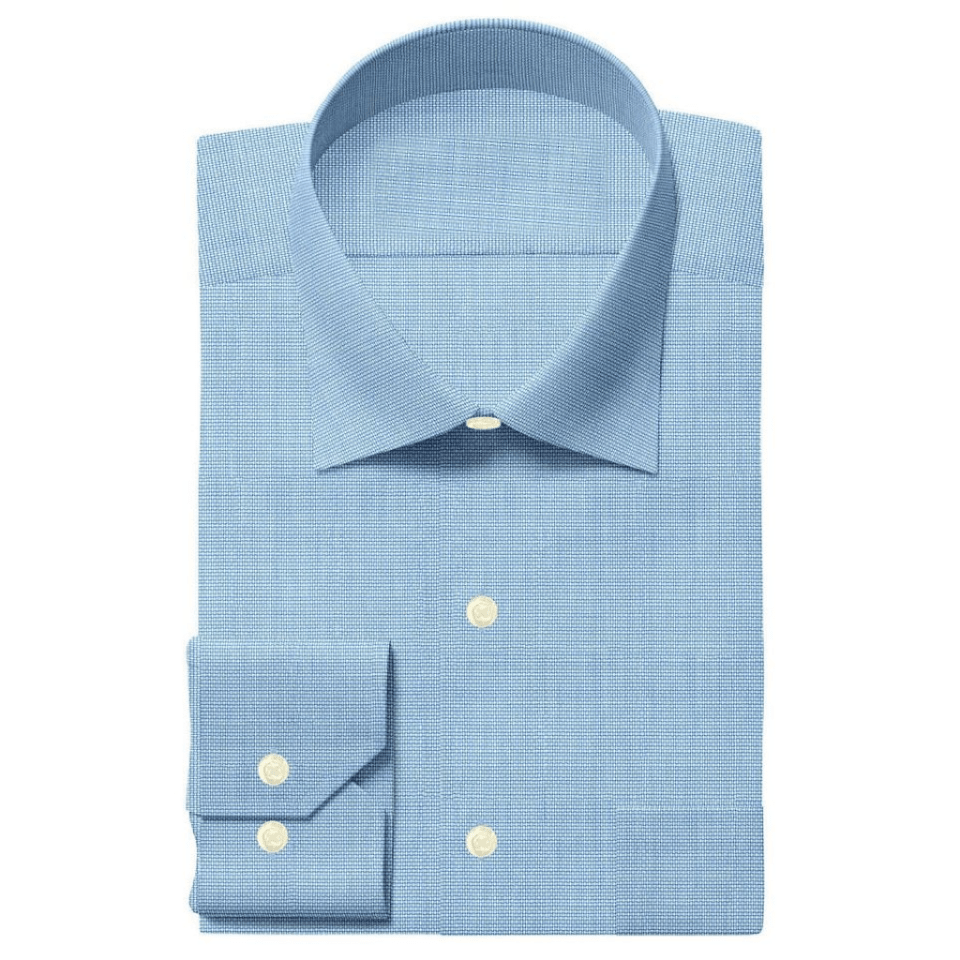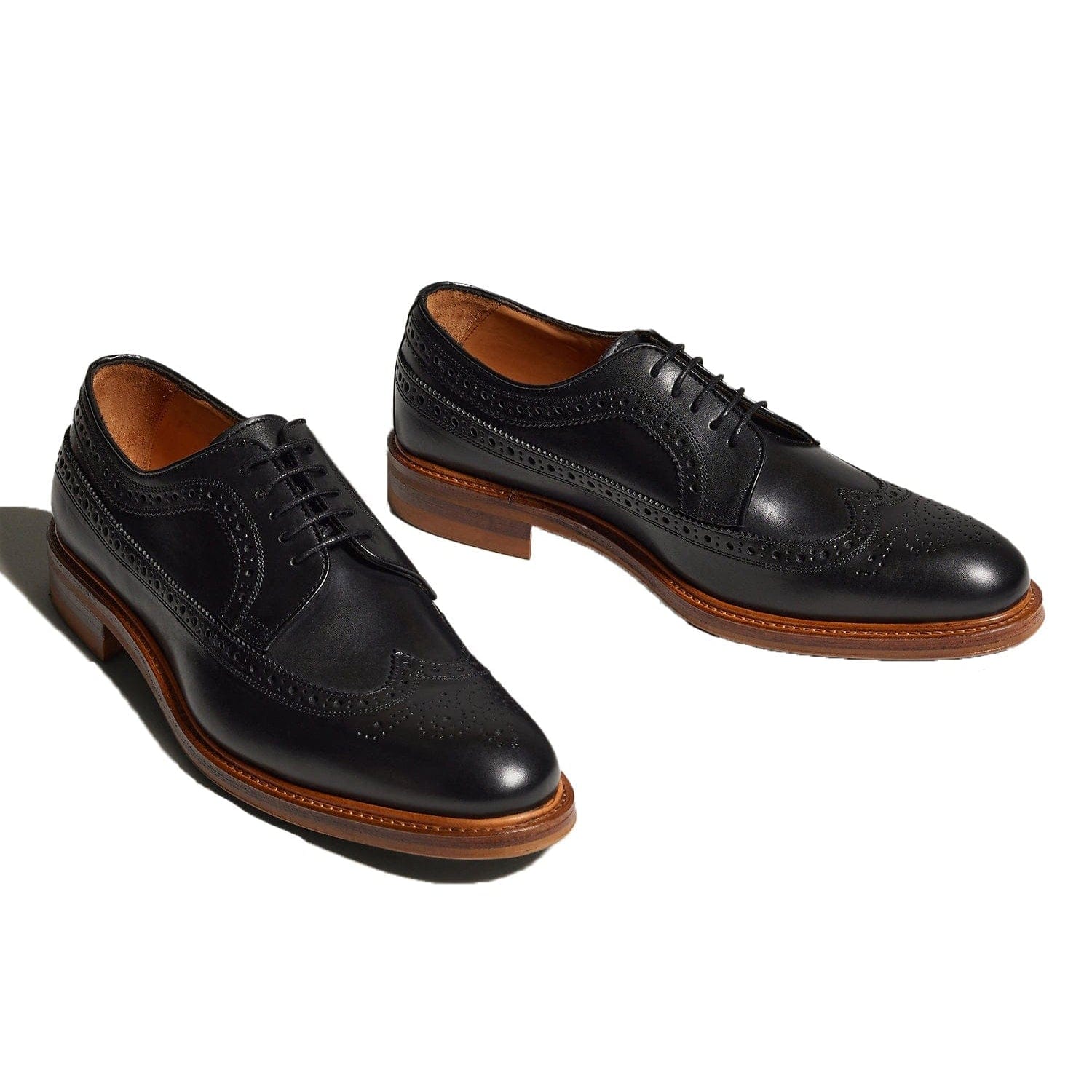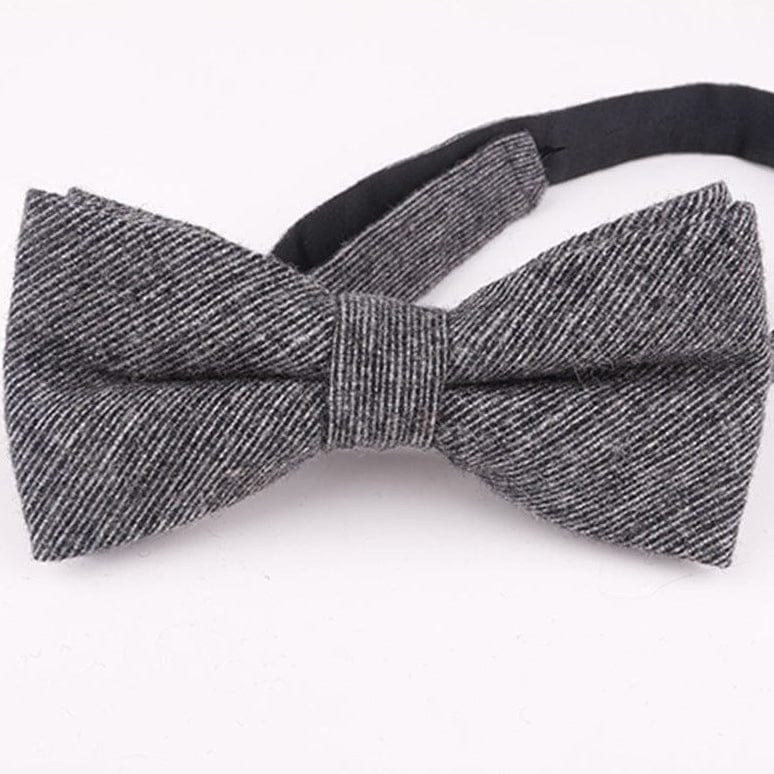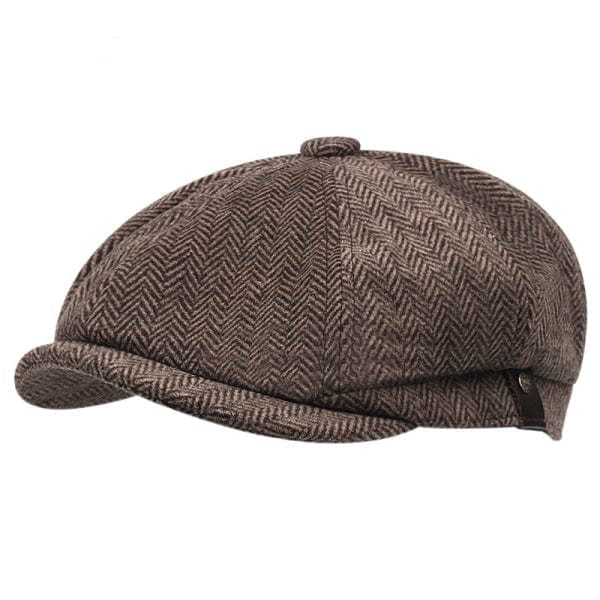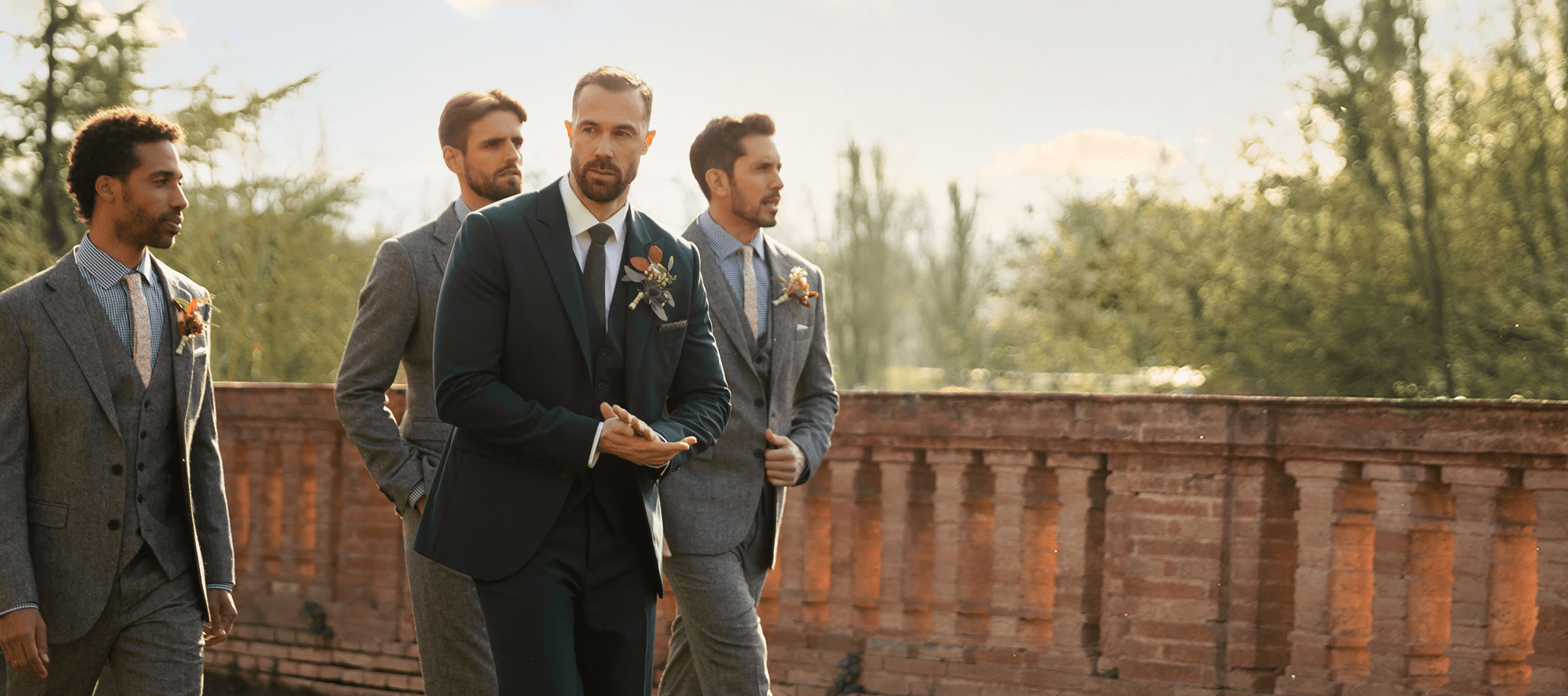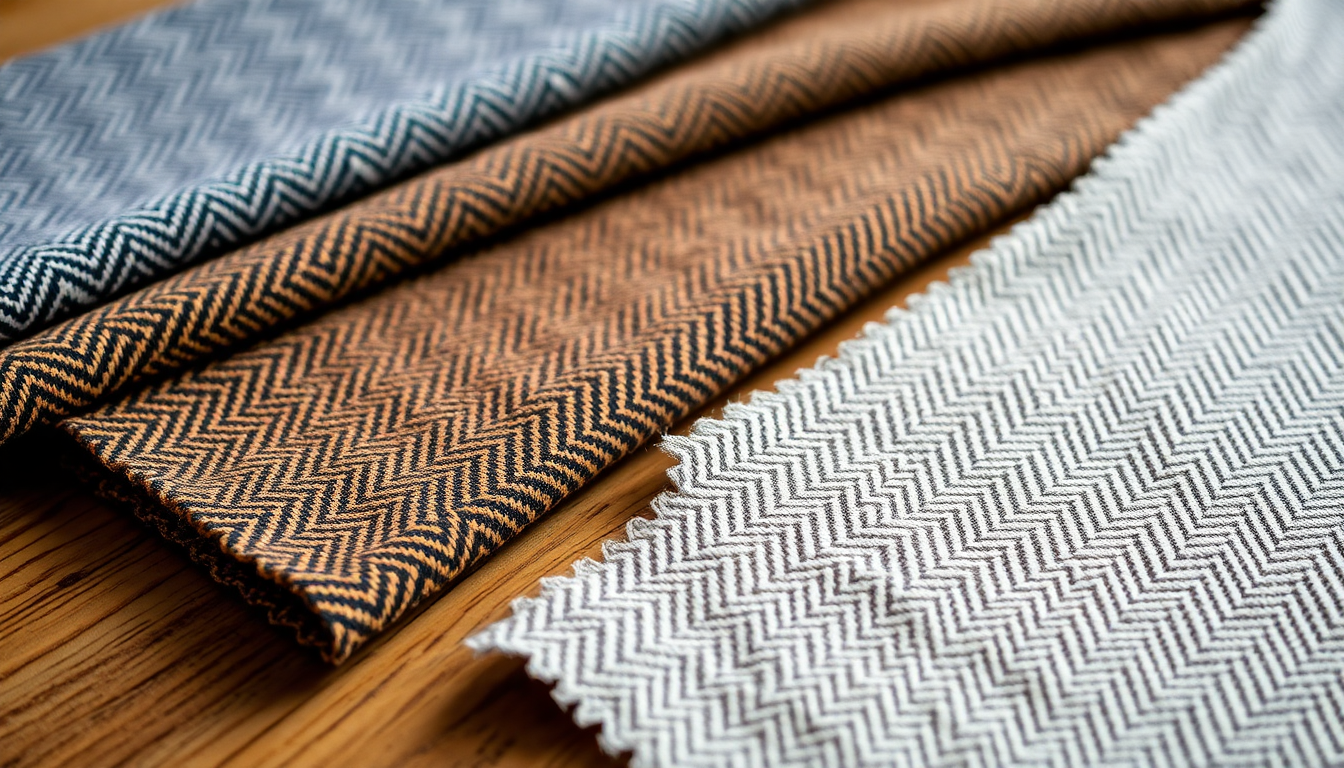Frequently Asked Questions
1. What is the historical significance of men's suits?
2. When did the modern men's suit begin to take shape?
3. What characterized the business suit that emerged in the late 19th century?
4. How did the 20th century influence men's suit styles?
5. What trends are shaping the contemporary suit landscape?
Men's suits have long been a symbol of elegance, power, and sophistication. From the tailored elegance of the Victorian era to the modern versatility of today's men's fashion, the journey of the suit is a fascinating narrative steeped in history and cultural significance. Join us as we explore the history of men's suits, tracing their development from the 19th century to the contemporary age. Get ready to discover how these garments transformed not only wardrobes but also social norms and fashion expectations.
The Birth of the Modern Suit in the 19th Century
The modern men's suit as we know it began to take shape in the early 19th century. The Industrial Revolution led to a shift in society, creating a need for men to dress for both work and leisure. This era marked a significant departure from the ornate garments of the previous centuries. Instead, men began to adopt more practical styles that provided both comfort and a degree of formality.
The Morning Coat Era
In the early part of the 19th century, the morning coat became a popular choice among men, particularly in England. Characterized by its long tails and elegant design, the morning coat was worn for formal occasions and daytime events. It set the stage for the future of men's fashion and emphasized the importance of tailoring.
The Dandy Movement
As the century progressed, the dandy movement emerged, championed by figures such as Beau Brummell. This movement focused on refined elegance and personal grooming, promoting the idea that a man's appearance was a reflection of his social status. With the dandy's commitment to tailored fits and quality fabrics, the groundwork was laid for the modern suit.
The Advent of the Business Suit
By the late 19th century, the business suit began to gain prominence. This style was characterized by its simpler lines and practical fabrics, shifting away from the more flamboyant styles of previous decades. The three-piece suit, comprising a jacket, trousers, and waistcoat, became the preferred choice for business and formal occasions.
Introduction of the Grey Suit
During this period, the grey suit made its grand entrance. The grey suit quickly became associated with professionalism and authority, solidifying its place as a staple in men's wardrobes. It encapsulated the shifting dynamics of the working world—efficient, functional, yet stylish.
The 20th Century: A Decade of Change and Diversity
The 20th century brought about significant change in men's fashion, dovetailing with historical events such as the World Wars and the rise of youth culture. Each decade after the 1900s had a unique take on the classic suit, reflecting broader social transformations.
The Roaring Twenties
The 1920s heralded an era of glamour. The emergence of jazz and the flapper culture influenced men's fashion, leading to suits with a relaxed fit and brighter hues. Men embraced lighter fabrics, and accessories such as bow ties and pocket squares became de rigueur. The grey suit assumed a more relaxed feel, often seen in lighter shades during this era.
The Lean Years and the Suit's Adaptation
The Great Depression in the 1930s saw a return to more conservative styles. Fabrics became more economical, and suits were more tailored to ensure a flattering silhouette. Despite the challenges of the time, the grey suit remained a popular choice, embodying a sense of resilience and determination among men.
Post-War Fashions
The end of World War II brought about a resurgence in tailored garments. The 1950s celebrated the golden age of Hollywood, influencing men's fashion toward more structured and sophisticated suits. The grey suit experienced a renaissance during this period. Celebrities, politicians, and businessmen alike embraced the grey hue, solidifying its status as a symbol of both power and elegance.
The 1960s to Today: Tailoring Meets Innovation
The 1960s ushered in a revolutionary time for men's fashion, introducing a plethora of designs that reflected the cultural shifts of the era. Tailoring evolved, and styles became more daring, reflecting the youthful energy of the time.
The Rise of Casual Styles
During the late 20th century, the traditional suit faced competition from more casual styles. The introduction of relaxed fits and weekend casuals meant that men began to view suits in a new light. However, even as casual styles gained traction, the grey suit held its ground as a versatile option, perfect for both work and leisure situations.
The Return of the Classic Tailoring
In recent years, there has been a return to traditional tailoring. With the resurgence of interest in craftsmanship and quality, bespoke suits have made a significant comeback. The grey suit has continued to evolve with modern trends while maintaining its classic roots.
The Contemporary Suit: Innovations and Trends
Today, the suit landscape is more diverse than ever. Various styles, fabrics, and fits are continually emerging to accommodate a wide range of preferences and body types. The introduction of sustainable fashion has also influenced how suits are produced, with many designers focusing on ethical practices and eco-friendly materials.
Stylish Adaptations of the Grey Suit
The grey suit has made a remarkable transition in the current fashion scene. Modern tailoring emphasizes unique cuts, which can be paired with a variety of shirts and accessories. The versatility of the grey suit allows it to be dressed up for formal occasions or paired with a casual tee for a more laid-back look.
The Future of Men’s Suits
As we look to the future, it’s evident that men's suits will continue to evolve. The ongoing blending of styles—where formal meets casual—suggests that the boundaries of what a suit can be are expanding. The grey suit will undoubtedly adapt, ensuring it remains a timeless choice for every man.
A Timeless Wardrobe Staple
The history of men's suits, particularly the grey suit, is a testament to how fashion evolves, reflecting societal changes, lifestyles, and individual expression. From the structured silhouettes of the 19th century to the modern and versatile takes we see today, the journey of the suit has been anything but dull. It represents more than just clothing; it embodies history, progress, and the unyielding pursuit of style. So, whether you don a classic grey suit for an important meeting, a wedding, or a night out, remember the rich legacy it carries. The grey suit isn’t just a fashion item; it’s a piece of history that will always hold a special place in the world of men's fashion.

